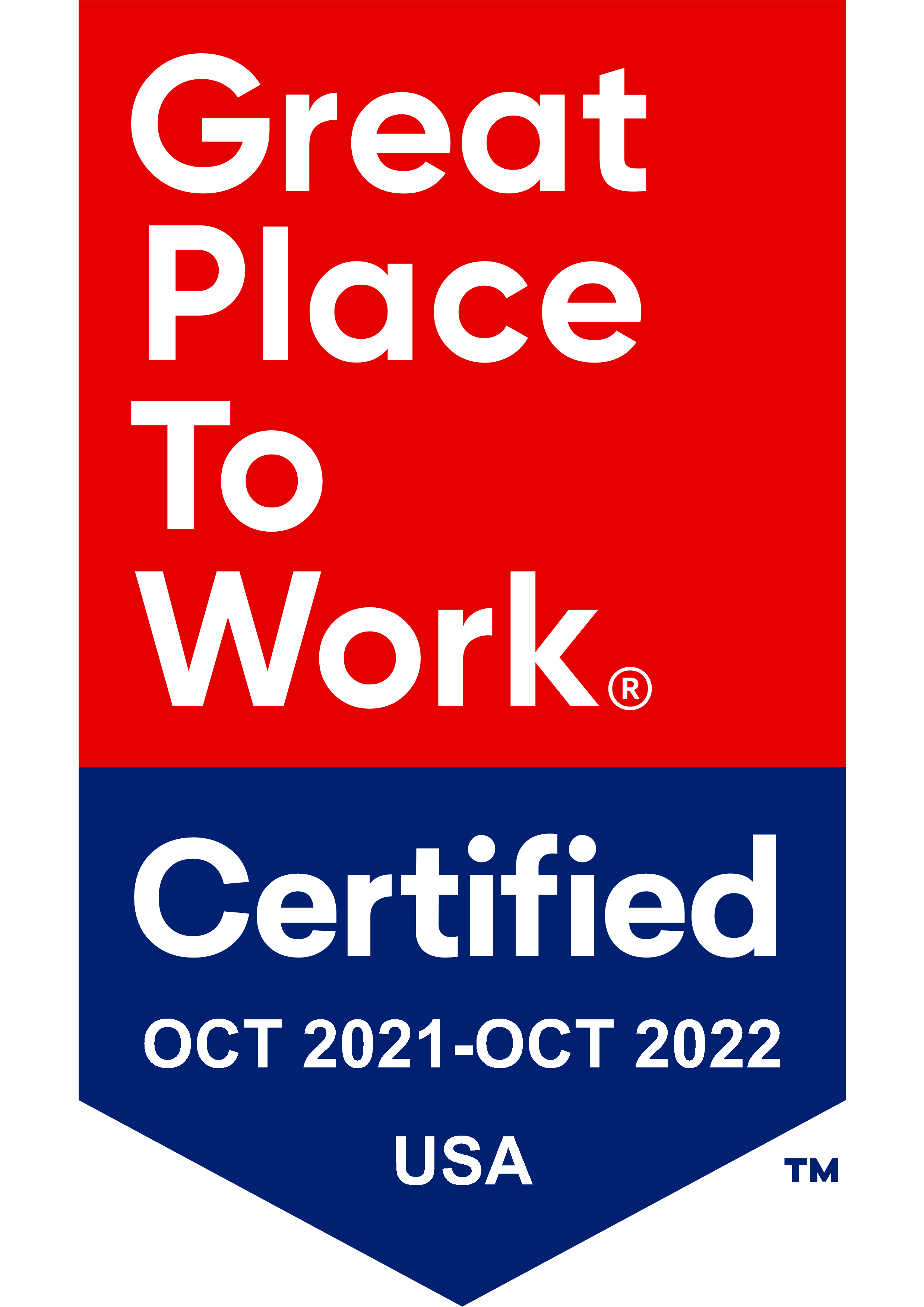 Just because you want to get the most out of your CRM (Contact Relationship Management) investment, doesn’t mean setting up workflow automation for every process is the right way to go. There are two ways to tell.
Just because you want to get the most out of your CRM (Contact Relationship Management) investment, doesn’t mean setting up workflow automation for every process is the right way to go. There are two ways to tell.
Do people in your firm really complete actions assigned to them in an automated process?
One way to think about process automation is that hilarious Lucille Ball episode, where she and her co-worker are tasked with wrapping pieces of candy as they come down a conveyor belt. Once the supervisor speeds up the conveyor belt, Lucy and Ethel are so frantic to keep up with candy coming their way, Lucy stuffs candy in her mouth and down her clothes just to get rid of it.
While Lucy’s automation issue was caused by too much speed, workflow backups also happen when tasks don’t get completed in the CRM.
For example, when a CRM workflow is set up with steps that rely on multiple people – such as, “Once this action is completed, assign this other action to a different role,” this means your firm needs to have the culture of completing “to-dos” in the software (not just in real life) for the automated process to advance and to be a functional process.
If completing my action is what kicks off an action for someone else, and I will not realistically stay on top of completing actions in the CRM (no matter what I commit to doing, or what my good intentions are), the process grinds to a halt.
One way of addressing that is with reporting, whereby the process manager reviews process reports consistently to identify where processes are stuck. However, reviewing isn’t enough. Depending on the timeliness of the workflow process in question, the process manager may also need to connect with people daily or weekly to identify what items are overdue (versus were completed in real life but whose status just needs to be corrected in the CRM), to advance process progress.
Either way, one important aspect of CRM workflow automation is to create visibility in the organization as to where a given process is blocked, with an agreed upon communication approach to address it (daily check in, weekly staff meeting).
One of the values of CRM automation is knowing when and where you are blocked, not just where the automation is chugging along. Then, the process manager’s job becomes one of verification and removing blocks to the process.
When are checklists better than automation?
When one person can perform all of the steps of a process in one sitting, using a checklist is frequently a better strategy than programming a CRM workflow. Examples of this are endless: doing payroll, client meeting preparation. You get the idea.
Checklists are also a better strategy when a lot of related work needs to be done by the same person over time. Examples of this are compliance testing, conducting an insurance review, or tax preparation.
Just like workflow automation, checklists can also have logic built into them. In fact, we have several checklists at Trumpet that are “filterable.” If there is a process that had 20 steps that are the same for every situation and another 10 that may be different depending on the situation, the checklist user just uses the drop-down arrow within the checklist to identify which “Process” steps should be shown within the checklist. So, if I were to choose “In Office Meeting Prep Process,” for example, vs “Online Meeting Prep Process,” I’d see different steps within the same checklist.
Remember that CRM workflow is intended to make your firm’s recurring and repetitive tasks easier and faster. If you find that an automated process is causing more headaches than solutions, think about whether it’s because automation is getting stuck from tasks left incomplete or whether a checklist is a better tool for the job.
Pssst! Looking into new technology solutions for 2017? Start with our Technology Toolkit for RIAs. Download it below.





